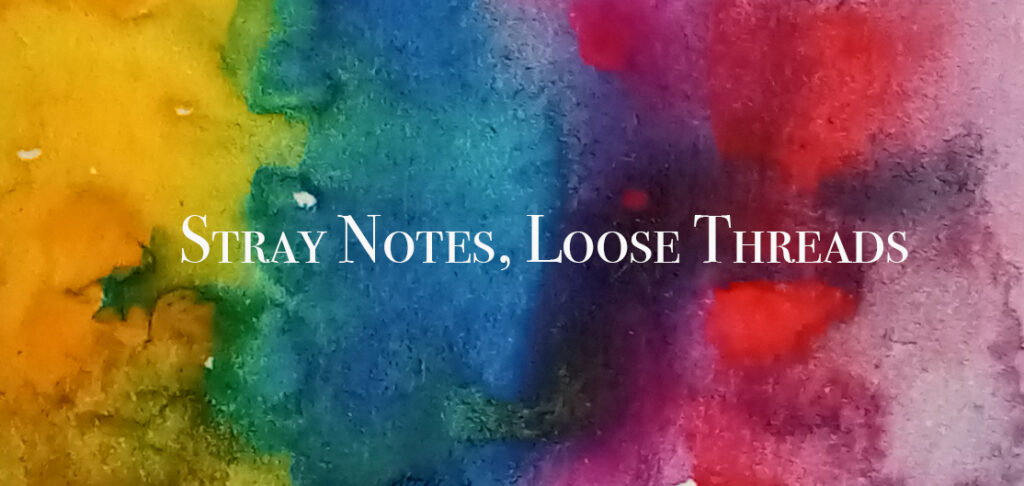The craft of creating quilts became an art in the hands of Elizabeth Talford Scott.
Born into a family of sharecroppers in South Carolina, Scott was the sixth of fourteen children who lived on the plantation. With so many people to feed and clothe it was imperative that any resources were reused and she was taught how to quilt at a young age.
Quilting is a way of not only using fabrics but also telling histories and stories about people and place. Have a look at the PBS website where there is lots of information and links to follow that show how important quilting is in the USA. Quilts also hold their own tales. This story from the Textile Research Centre in Leiden, The Netherlands, is about quilts that were made in Canada for distribution across Europe during the Second World War. this week’s Spotify playlist includes an episode from Haptic and Hue about Australia’s Convict Quilts.
From the 1940s until the 1970s, Scott did not make any quilts because she was bringing up her daughter, but what followed was instinctive innovation through technique and the materials in her work: pebbles, shells, bones, beads, threads and glass. The result was a rich profusion of textures and colours as well as the blooming of an artistic sensibility. In the autobiographical piece shown below, Infected Eye, the artist has stitched a pupil and radiating lines, the influence of cataracts on her vision. The result is startling and bold.
In 2019, eight years after the artist’s death, the management of her estate was awarded to Goya Contemporary Gallery, and since then Elizabeth Talford Scott has been recognised as an influential and unique artist.

Elizabeth Talford Scott, “Infected Eye” (1979–80), fabric, thread, 21 x 17.25 inches (all images courtesy Goya Contemporary)

Leave a Reply